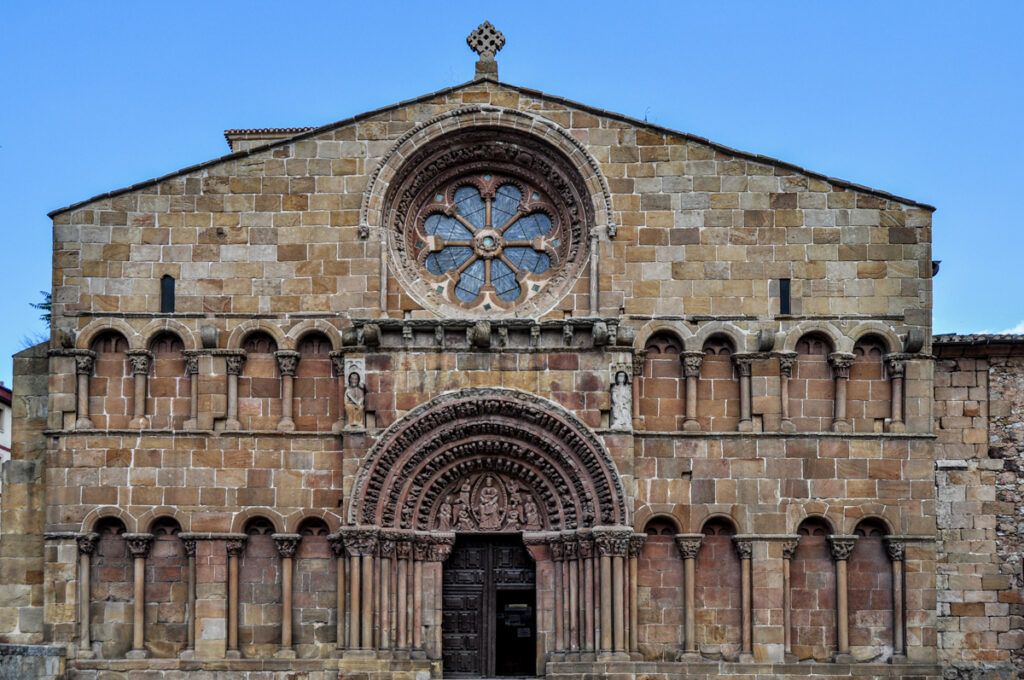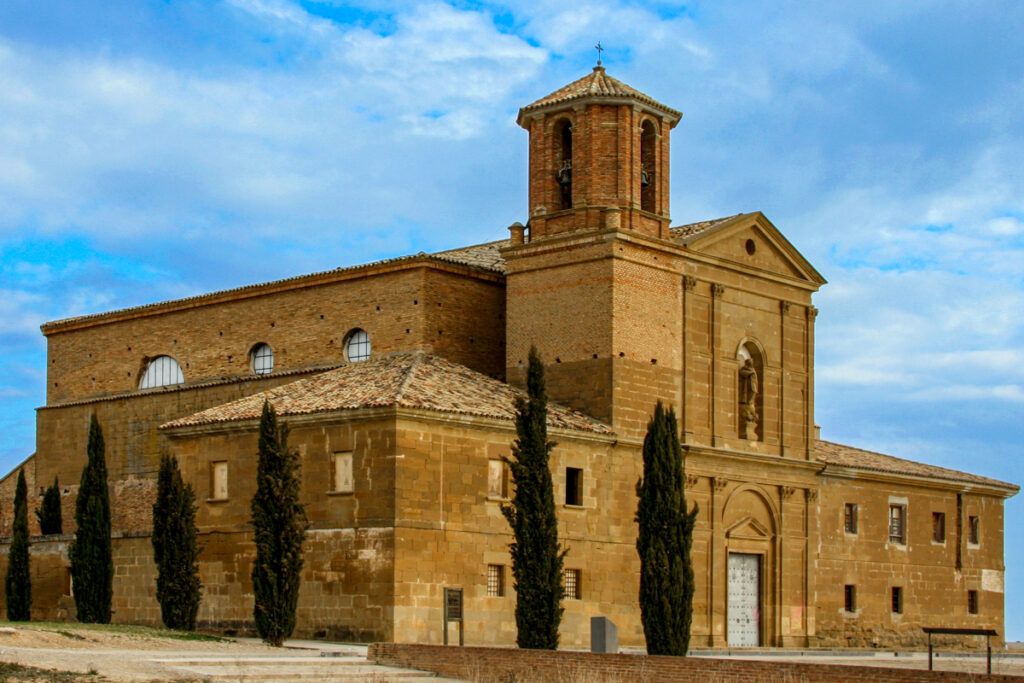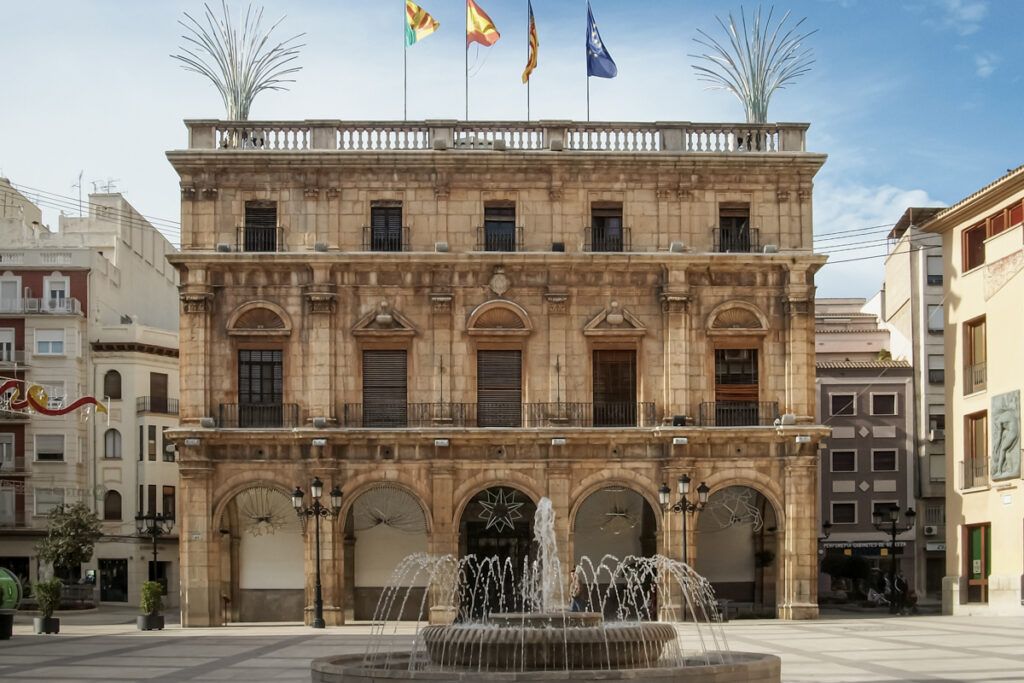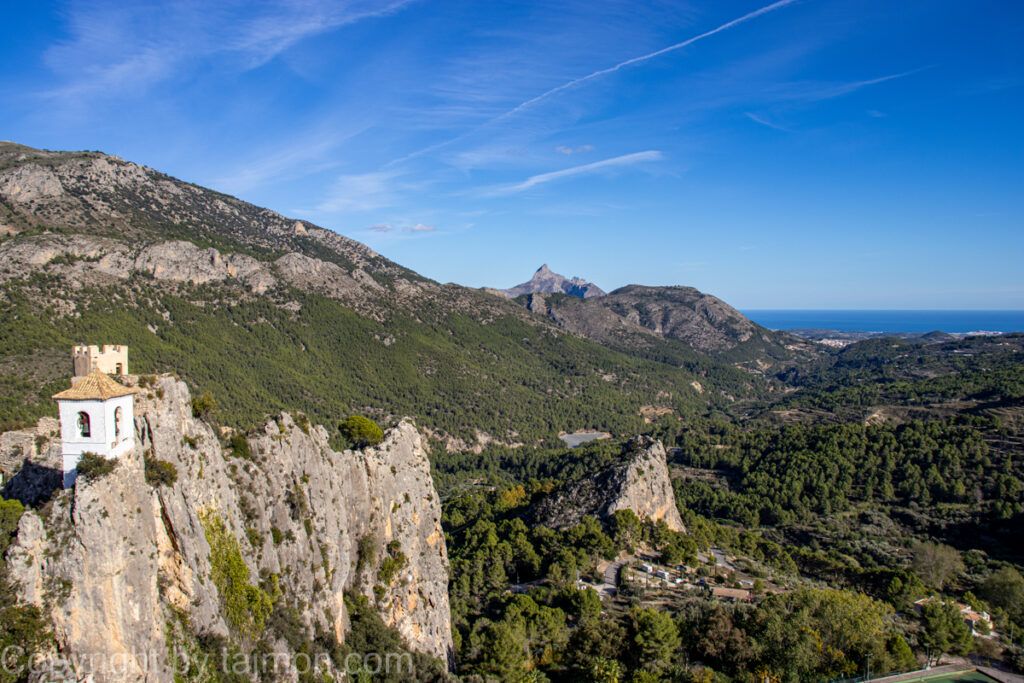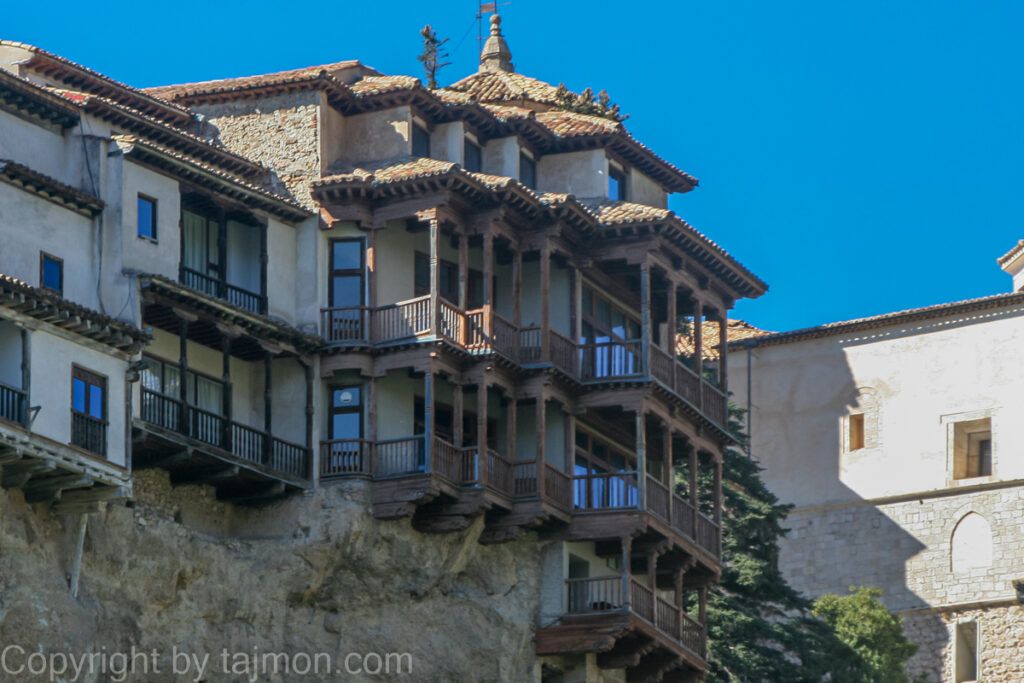Monastery of San Juan de Duero in Soria
The Monasterio de San Juan de Duero, also known as Arcos de San Juan de Duero, is a historic ensemble of Romanesque architecture, located on the outskirts of the city of Soria, over the Duero River. It is part of the medieval section of the Numantine Museum.
The monastery was built by the Order of Hospitallers of St. John of Acre, also known as the Johannites or Knights of Malta, between the 12th and 13th centuries. From the original monastery, only the church and a magnificent cloister of mixed influences have been preserved. The cloister is one of the most original and recognized Romanesque works in Spain, and its artistry lies in the diversity and richness of architectural forms.
To reach the monastery, you have to cross the bridge over the Duero and turn left, following the road along the river. After a few hundred meters, you will notice the white facade of the church, which contrasts with the red brick of the cloister. Entrance to the monastery is paid, but it is worth paying for a ticket to admire its beauty and history.
The church is simple, it has a single nave and a semicircular apse. The nave is covered with a barrel vault with a sharp arch, and the apse with a dome vault. Two small buildings attached to the wall at the beginning of the presbytery stand out. In one of them, there is a baptistery, and in the other a chapel with the tomb of one of the masters of the order. The interior of the church is modest, but its proportions and harmony are impressive.
The cloister is a real gem of the monastery, which attracts attention and admiration. It has a quadrangular shape and is open to the sky. Its four galleries consist of various arcades, which surprise with their intersection and capitals carved with the fantasy of the Middle Ages. In the northern gallery, there are arcades with sharp, semicircular, and horseshoe arches, which create a rhythmic and dynamic effect.
In the eastern gallery, there are arcades with double arches, reminiscent of those in the mosque in Cordoba. In the southern gallery, there are arcades with multiple arches, which refer to Arab art. In the western gallery, there are arcades with broken arches, which anticipate the Gothic style. The capitals of the cloister are decorated with plant, animal, and human motifs, as well as scenes from the Bible and legends.
